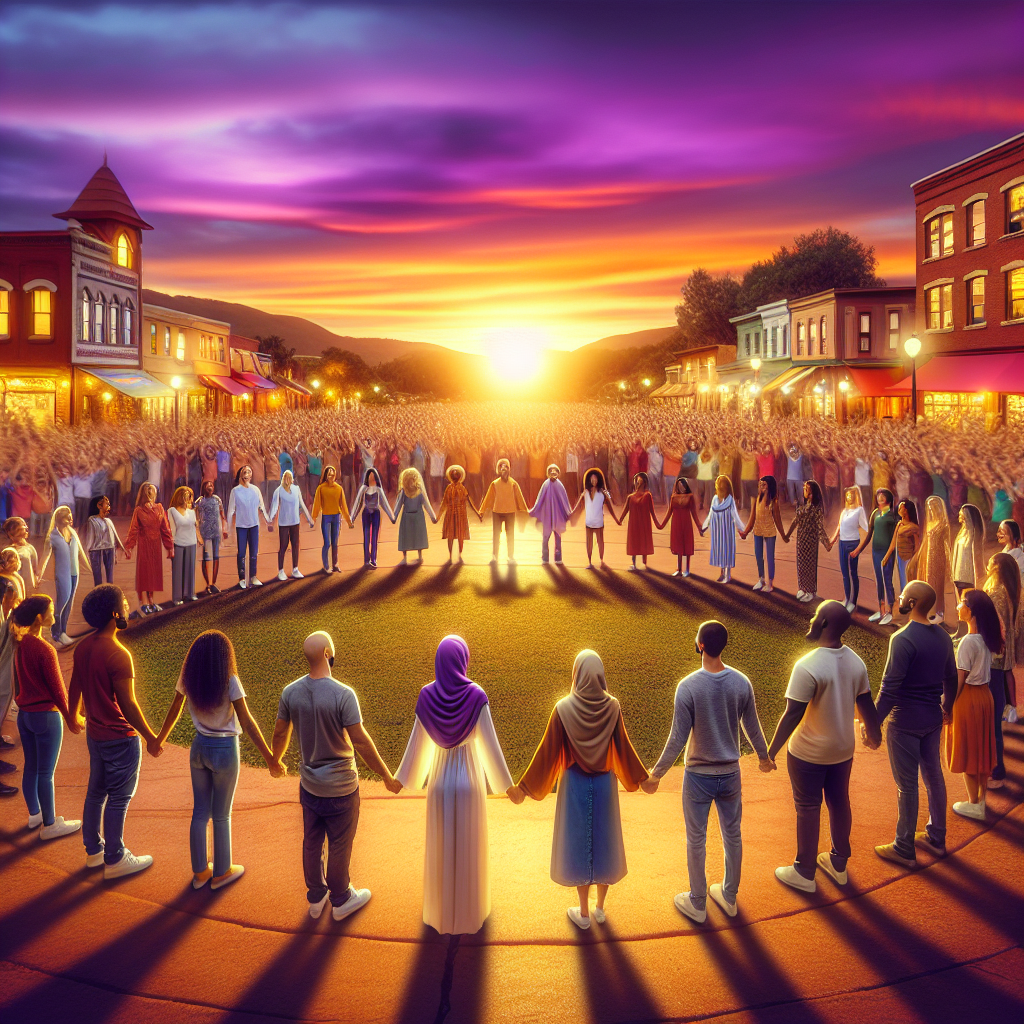Circles have long been used as a symbol of unity and connection. They represent wholeness, unity and inclusiveness. Throughout history, circles have played an important role in bringing communities together and fostering a sense of belonging and support.
The practice of restorative circles is a powerful example of how circles can bring communities together. A recovery circle is a conflict resolution process that brings together individuals who have experienced harm and those responsible for the harm in an inclusive and supportive space. This practice allows for open communication, empathy and understanding, ultimately leading to healing and reconciliation within the community.
In a small town in rural America, a group of neighbors come together to form a “community circle” after a series of divisive events lead to tension and distrust among residents. Through the circle process, individuals are able to share their perspectives, feelings and needs in a safe and respectful environment. As a result, relationships are repaired and a sense of unity and understanding is restored within the community.
Circles also play an important role in bringing marginalized groups together and creating spaces for connection and empowerment. In Aboriginal cultures, for example, circles are often used in ceremonies and gatherings as a way to respect and celebrate the interconnectedness of all living things. The circles are a reminder of the importance of community, tradition and collective wisdom.
In a bustling city neighborhood, a group of women from different backgrounds come together to form a “sister circle” to support each other through life’s challenges and celebrate each other’s successes. Over time, the circle grew in size and power, becoming a source of inspiration and strength for all members. Through shared experiences and shared values, women find strength in unity and unity.
Circles have the power to bring people together, bridge differences, and build relationships based on trust, respect, and understanding. Whether through restorative justice practices, cultural traditions, or community gatherings, circles have the potential to transform communities and create lasting connections between individuals. Through the spirit of unity and inclusion embodied in the Hug Circle, we can all work to build stronger, more resilient communities that support and uplift one another.
